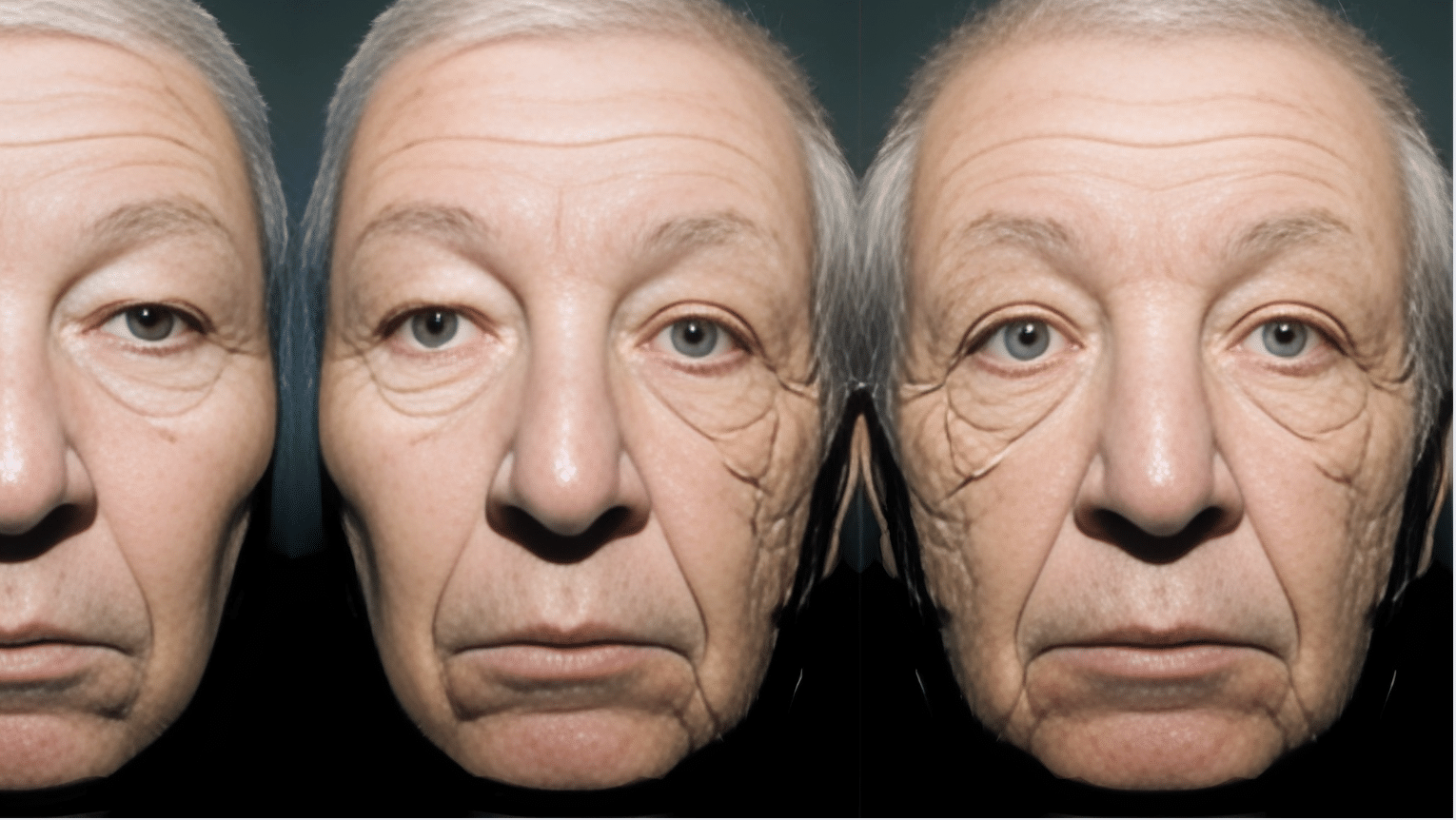If you’re a truck driver, you’ve probably spent countless hours behind the wheel, day after day. I know that feeling, driving for long hours, watching the road stretch ahead of you.
What many don’t realize is that, while you’re focused on the journey, the sun is working its way into your skin, causing damage that’s often hard to notice until it’s too late.
I came across a photo of a 69-year-old truck driver that really opened my eyes. It was a striking example of the severe skin damage caused by years of sun exposure through the truck window.
That got me thinking. Most truck drivers, like you and me, are at risk of skin damage, sometimes without even knowing it.
In this article, I’ll walk you through the science behind sun damage, share real-life stories, and give practical tips on how to protect your skin while you’re out on the road.
Why Truck Drivers Are at Risk of Skin Damage

Truck drivers face unique sun exposure risks due to the nature of their job.
Spending hours behind the wheel each day means constant contact with sunlight, especially through side windows, which don’t block harmful UVA rays.
Over time, this leads to uneven skin damage, most often on the left side of the face and arm. If left unchecked, it can cause premature aging and increase the risk of skin cancer.
Here’s why truck drivers are more vulnerable:
- UVA rays pass through glass, damaging deeper layers of the skin
- Sun exposure is constant and one-sided, mostly affecting the driver’s left side
- Long driving hours multiply exposure, even on cloudy days
- Heat and reflection from the road can intensify the UV impact
- Lack of daily sun protection leaves skin unguarded against long-term harm
Understanding these risks is the first step toward better skin protection on the road
How Sun Exposure Affects Your Skin Over Time

Prolonged sun exposure can have a lasting impact on your skin, especially for truck drivers who spend hours behind the wheel each day.
The effects may not be immediately noticeable, but over time, they can lead to serious issues like skin aging and even skin cancer. Take a look at some of the risks involved.
1. Sun Exposure Causes Premature Aging
Repeated sun exposure breaks down collagen and elastin in the skin, leading to wrinkles, sagging, and fine lines – especially on the face, neck, and arms.
Over time, this damage becomes more visible, giving the skin a leathery or weathered look. Even without sunburn, daily exposure can speed up aging far beyond what’s typical for your age.
2. Uneven Skin Tone and Dark Spots
UV rays trigger the overproduction of melanin, resulting in sunspots, freckles, and blotchy skin. These changes often become more noticeable with age.
Sun-exposed areas like the face, hands, and shoulders are most affected. Without protection, discoloration can deepen and become harder to treat.
3. Increased Risk of Skin Cancer
Long-term exposure to UVA and UVB rays damages skin cells and increases the risk of skin cancers, including basal cell carcinoma, squamous cell carcinoma, and melanoma.
Even a few severe sunburns can significantly raise your lifetime risk. Skin cancer often appears on areas with the most exposure, like the scalp, face, ears, and arms.
4. Skin Becomes Thinner and Rougher
Chronic sun damage causes the skin to lose moisture and texture, leading to dryness, rough patches, and a fragile appearance over time.
The outer layer becomes less elastic and more prone to cuts, bruises, and irritation. Over time, this can make the skin look dull, cracked, or uneven.
5. Visible Blood Vessels and Redness
UV exposure can weaken blood vessels under the skin, making them more visible and causing redness, especially on the cheeks and nose.
This condition is often called telangiectasia or spider veins. In some people, it may contribute to lasting inflammation and rosacea-like symptoms.
Why Early Detection of Skin Damage Matters
Catching skin damage early can make a huge difference in preventing more serious health issues down the road.
Truck drivers should regularly check their skin for any unusual changes. Early detection of signs like actinic keratosis or new moles can lead to easier treatment and better outcomes. You should start:
What to Look for on Your Skin?
- Look for new moles or changes in size, shape, or color.
- Dry, scaly patches (actinic keratosis) could be early signs of skin damage.
- Catching changes early can save your life.
Seeking Medical Advice:
- If you’re unsure about something on your skin, see a dermatologist.
- Early detection leads to easier treatment and better outcomes.
It’s always better to be safe than sorry.
The Shocking Case of Bill McElligott’s Sun Damage

The case of Bill McElligott highlights just how serious long-term sun exposure can be for truck drivers.
After spending 28 years behind the wheel, the left side of his face, constantly exposed to sunlight through the driver’s side window, aged dramatically compared to the right.
The result was a clear visual example of a condition called unilateral dermatoheliosis, or severe sun damage on one side of the face.
This case has been widely cited by dermatologists to raise awareness about the dangers of UVA rays, which can penetrate glass and cause long-term skin damage.
Bill’s story serves as a powerful reminder for drivers to protect their skin daily, even inside a vehicle.
Preventive Measures for Truck Drivers
Taking simple steps to protect your skin can make a big difference for truck drivers who spend long hours on the road. By incorporating protective measures like sunscreen, clothing, and regular skin checks, you can help prevent sun damage.
- Daily Sunscreen Application: Wear sunscreen every day, even when it’s cloudy. Choose a broad-spectrum SPF 30 or higher and apply it before getting behind the wheel.
- Protective Clothing: Long-sleeve shirts, wide-brimmed hats, and UV-protective clothing help shield your skin from the sun during long hours on the road.
- Window Tinting: Installing UV-blocking window film in your truck can greatly reduce UVA exposure and also help keep the interior cooler.
- Regular Skin Checks: Keep an eye on your skin for new moles or any changes. If something doesn’t look right, see a dermatologist as soon as possible. Early detection is important.
Conclusion
Ultimately, the risks of prolonged sun exposure to truck drivers are very real. The damage doesn’t happen overnight, but over time, it can become serious.
From premature skin aging to more severe health issues like skin cancer, the effects are not to be ignored. As a truck driver, it’s important to take proactive steps to protect your skin.
It could be by applying sunscreen every day, wearing protective clothing, and getting regular skin checks. The good news is that these small actions can make a huge difference in the long run.
I hope this article has given you the information you need to start protecting yourself on the road. By taking care of your skin now, you can avoid bigger problems down the road.
Stay safe, and always prioritize your health. Your skin will thank you for it!








